The variable frequency power supply of induction heating unit
The induction heating unit is composed of two parts, one is the AC power supply that provides energy, also known as the variable frequency power supply, and the other is the induction coil and mechanical structure that completes the electromagnetic induction energy conversion, called the induction furnace. The variable frequency power supply has low frequency, medium frequency and high frequency.
High-frequency heating equipment
It has a set of devices that converts 50Hz AC power to high frequency (70,000 to 1,000,000Hz) electrical energy, usually using an electronic tube high-frequency generator.
Medium-frequency heating equipment
There is also a set of devices that convert 50Hz power frequency to medium frequency (500 to 10,000Hz) electrical energy, usually consisting of medium frequency generators (with low power factor) and thyristor inverters.
Power frequency induction heating equipment
The power frequency of the inductor is the same as the frequency of the power grid, which is 50Hz, so it can directly extract energy from the power grid. The only disadvantage is the low power factor.
What are the characteristics of the development trend of induction heating unit?
With the development of market demand, the development of induction heating unit has become high-frequency and large-capacity with the power of power electronics, and electronic technology devices have developed from analog control to digital control and from automatic control to intelligent control. The development trend of induction heating equipment shows the following characteristics:
The power supply tends to high-frequency and large-capacity
The medium frequency range of induction heating power supply mainly uses thyristors; the ultrasonic frequency range mainly uses IGBTs; the high frequency range used to be SITs, and now MOSFET power supplies are mainly developed.
Power supplies using IGCT are also emerging. The demand for high-frequency power supplies has brought forth new power devices, and new devices have in turn promoted the development of high-frequency power supplies. The large-capacity of the power supply of induction heating, such as tens of megawatts or hundreds of megawatts, can also be achieved.
Induction heating unit tends to be mechanized and automated
In recent years, with the rapid development of mechanical and electrical integration, computers, information and control, equipment automation, new materials, and new processes, casting, forging, and heat treatment processes are becoming more digital and precise.
The trend of demand for heating is reflected as follows: digital manufacturing is integrated into the casting and forging process, including heating and melting equipment; the production of short casting and forging processes requires reducing waste of resources; the production of large casting and forging requires industrial energy-saving; and clean production under automation control.
Therefore, induction heating unit, with its energy-saving and environmentally friendly features, should develop towards large-scale, automated, and intelligently controlled direction according to market demand.

 en
en  cn
cn  jp
jp  ko
ko  de
de  es
es  it
it  ru
ru  pt
pt  th
th  vi
vi  pl
pl 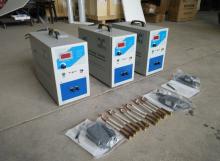
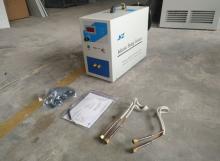
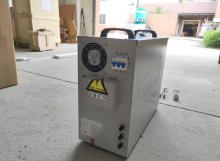
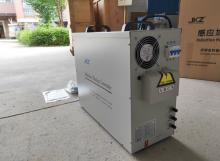


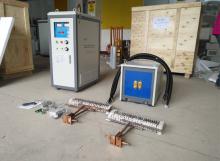
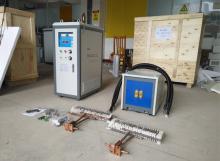

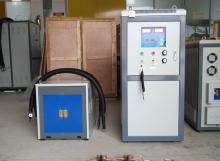
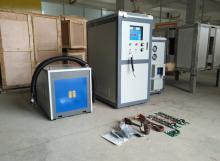
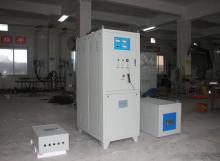
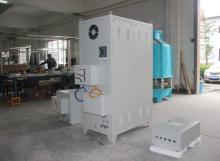
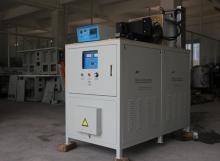
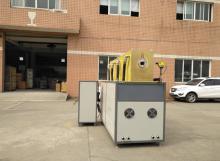
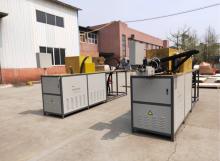
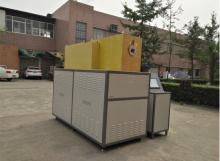
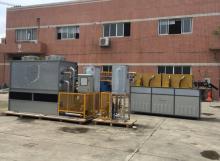
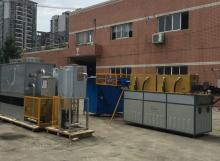
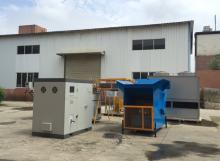
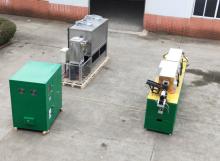
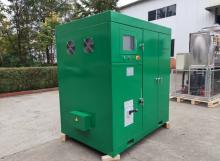
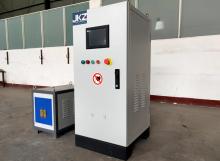
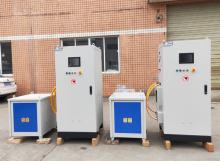


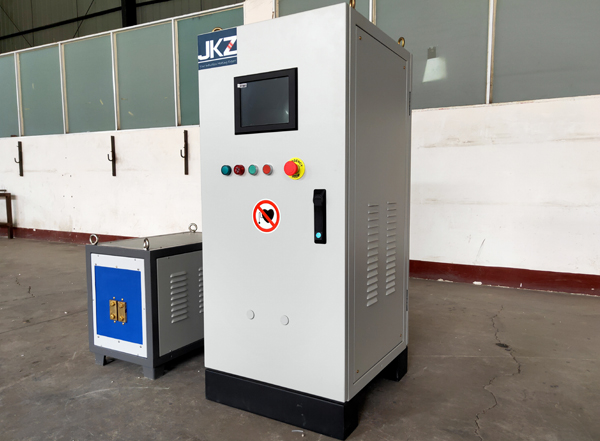
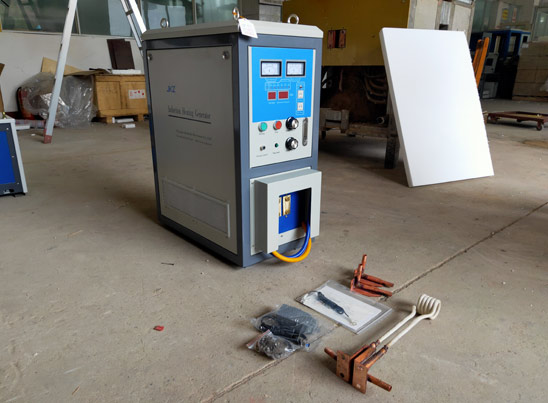

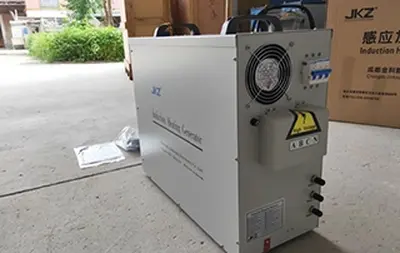
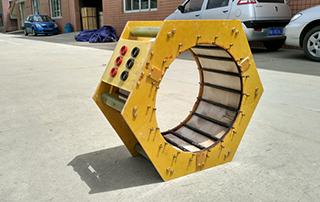

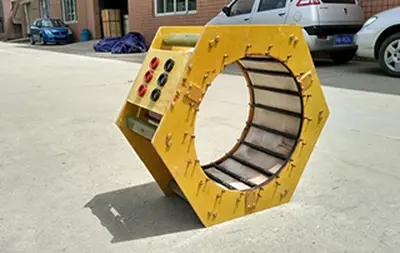
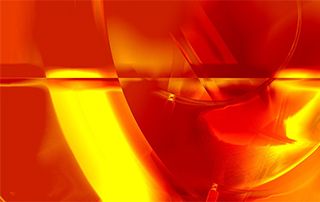
 Call us on:
Call us on:  Email Us:
Email Us:  NO. 688th South Baoguang Road, Xindu District, Chengdu City, Sichuan Province, China
NO. 688th South Baoguang Road, Xindu District, Chengdu City, Sichuan Province, China